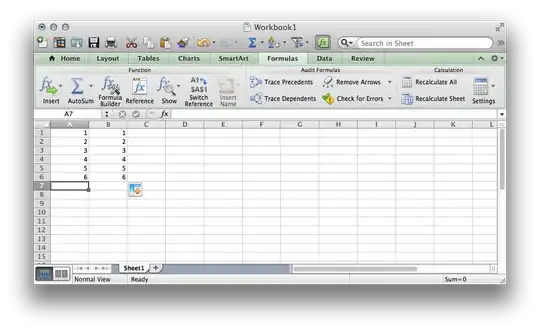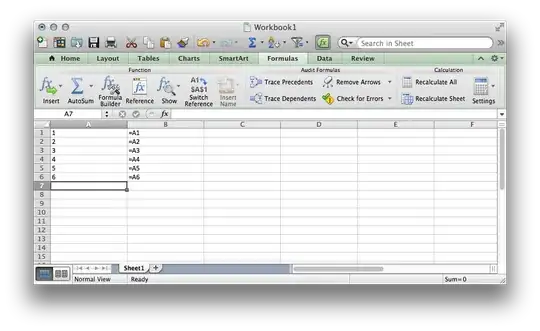I've inherited an Excel spreadsheet with many sheets, all full of text and numbers. As far as I can tell, this is all hardcoded, static text. After a quick look, I can't see any formulas or anything which is updated dynamically based on anything in any cell anywhere. Certainly there are no instructions in the spreadsheet that would guide me to finding them.
But is there an automatic, quick way that I can tell for sure? Or do I have to check the definition of every cell on every sheet by hand?
Update: To clarify, my spreadsheet has ten sheets, each one with thousands of rows and dozens of columns. So I need a solution that will just tell me whether or not a formula exists - anything that requires me to scan hundreds of thousands of cells with my eyes checking for something probably isn't going to help me too much.
I only have Microsoft Excel for Mac 2011 available, if that makes any difference.

